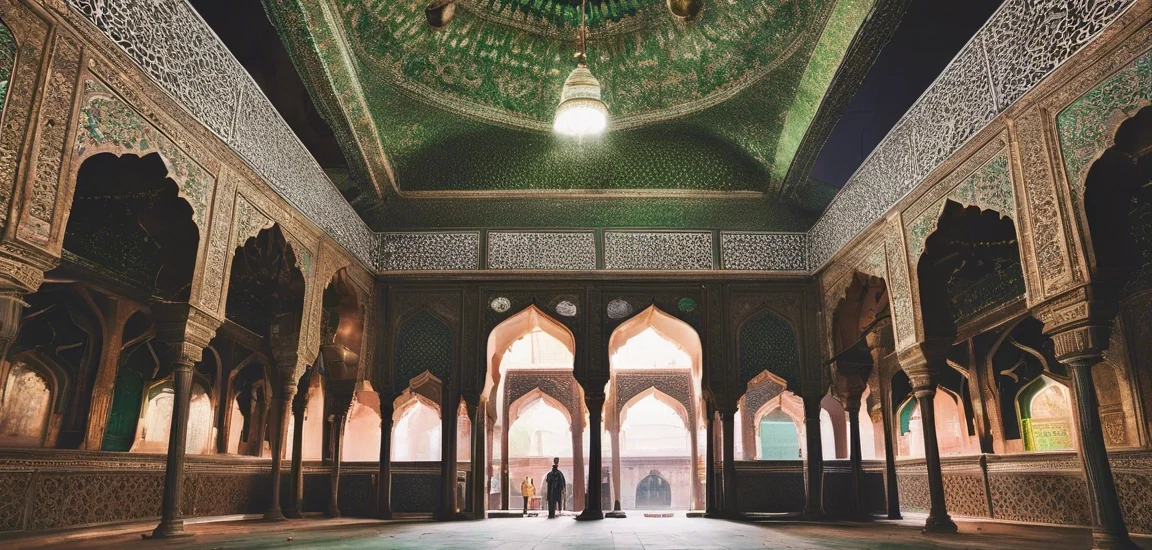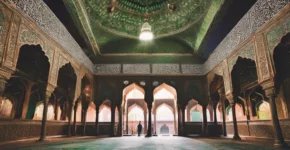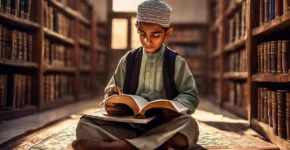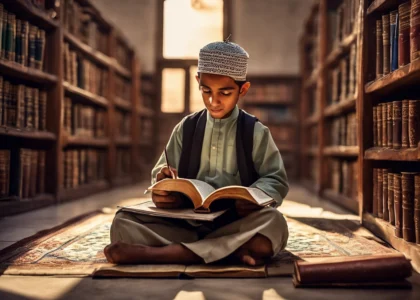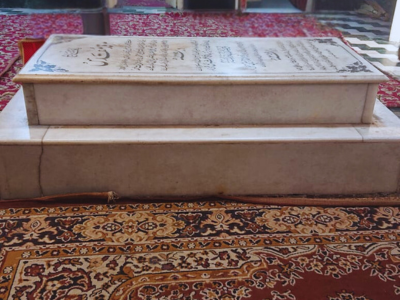Dargah Panja Sharif, located in Kashmiri Gate, Delhi, is not only a significant religious site but also a monument of historical and cultural importance. It stands as a testament to the enduring legacy of Shaheed Rabe and serves as a pilgrimage site for countless devotees seeking blessings and solace. The dargah is a symbol of spiritual heritage, where history and devotion intertwine.
Historical Significance
The Dargah Panja Sharif has deep roots in the religious and cultural history of the region. It is believed to be the resting place of the sacred relic known as “Panja,” which symbolizes the hand of Imam Ali, the first Imam in Shia Islam and a revered figure in both Islamic history and spirituality. The dargah holds a special place in the hearts of Shia Muslims, and it has been a place of reverence for centuries. The site has witnessed numerous historical events and continues to be a living reminder of Delhi’s rich cultural past. Its significance transcends time, as it has remained a focal point for the Shia community during key religious observances, particularly during Muharram, when processions and gatherings are held in memory of the martyrs of Karbala.
Architectural Beauty
The Dargah Panja Sharif is not only revered for its spiritual significance but also admired for its architectural beauty. The dargah’s structure reflects traditional Islamic architectural styles, featuring intricate designs and calligraphy that honor the divine and the sacred. The main entrance of the shrine is adorned with intricate carvings, while the interiors house sacred relics and spaces for prayer and reflection. The dargah’s courtyard serves as a place for gatherings, where devotees come together in prayer, especially during important religious festivals. The shrine’s spiritual atmosphere is heightened by the serenity of its surroundings, making it an ideal place for contemplation and devotion.
Annual Religious Gatherings
One of the most significant aspects of the dargah is its role as a center for religious activities, especially during the month of Muharram. Every year, on the 7th of Muharram, the site witnesses a large congregation of devotees who come to pay homage to the martyrs of Karbala and participate in the Wa Vella Sad Wa Vella processions. These gatherings are marked by solemnity and deep spiritual reflection, as the community remembers the sacrifices made in the name of justice and faith.
The Dulha Mara Gaya procession, held during the 7th of Muharram, is another key event at the dargah. This ritual is part of the traditional mourning process and symbolizes the grief of the community over the tragedy of Karbala. These events attract thousands of people from across the country, further cementing the dargah’s place as a spiritual and cultural hub.
Spiritual Practices at the Shrine
Visitors to Dargah Panja Sharif engage in various spiritual practices, seeking the intercession of Imam Ali and blessings for their personal and spiritual well-being. Many offer prayers, light candles, and recite supplications specific to Shia traditions. The atmosphere at the shrine is one of peace and devotion, and pilgrims often leave feeling spiritually rejuvenated.
Among the most common practices at the dargah are the recitations of Ziyarat and Dua Tawassul, both of which are deeply rooted in Shia spirituality. These supplications are believed to bring comfort and guidance to those who recite them, and many devotees share their experiences of answered prayers after visiting the shrine.
Cultural and Community Impact
Dargah Panja Sharif also plays an important role in fostering a sense of community among its visitors. The dargah is not only a place for individual reflection but also a venue for communal gatherings, where people from all walks of life come together in faith. It serves as a symbol of unity, as devotees of all ages and backgrounds congregate to seek blessings and share in the collective memory of their religious heritage.
Moreover, the shrine is a reminder of the cultural synthesis that has long defined Delhi. It represents the harmonious coexistence of spirituality, history, and community, serving as a bridge between the past and the present.
Conclusion
Dargah Panja Sharif remains a vital religious and cultural landmark in Delhi. As a shrine that holds deep significance for Shia Muslims, it continues to draw devotees from across the world. Whether visiting for spiritual solace, historical reflection, or religious observance, the dargah stands as a beacon of faith and devotion, embodying the enduring legacy of Shaheed Rabe and the principles he stood for. Through its sacred traditions and annual observances, the dargah continues to inspire generations, providing a space where history, faith, and community converge.
